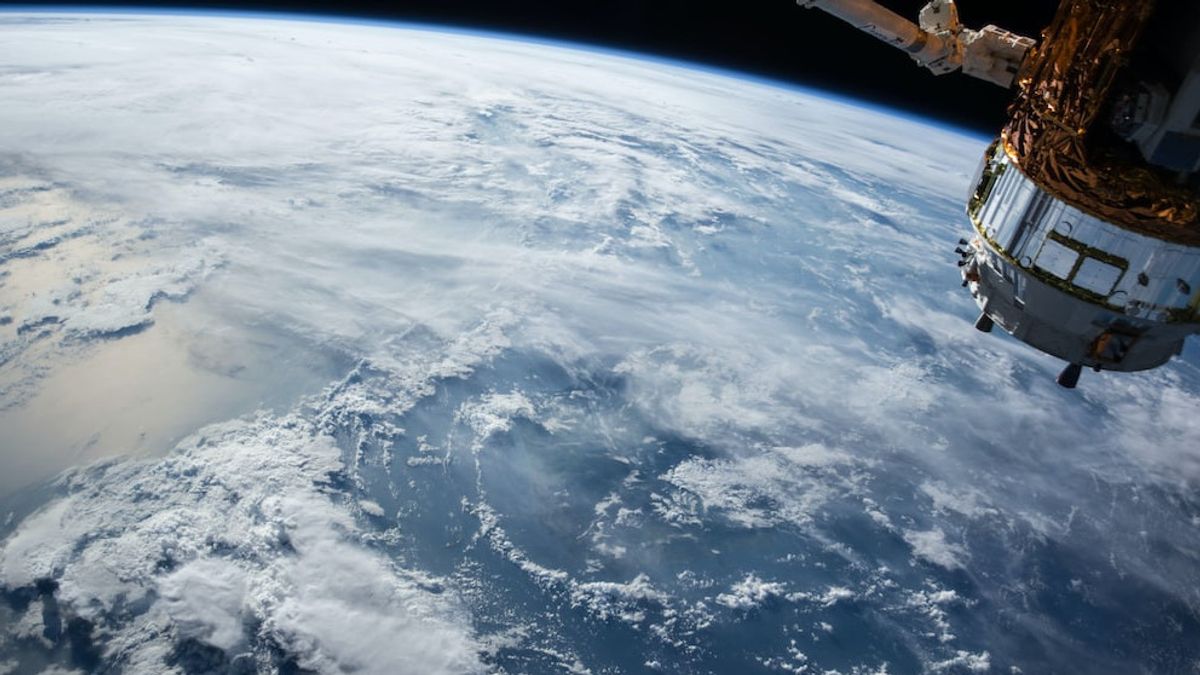YOGYAKARTA Did you know that the Indonesia Raya Satellite (SATRIA)-1 owned by Indonesia has orbited. The artificial satellite will help increase the reach of internet services in the 3 T area. The question then is, what is satellite fuel capable of orbiting over a long period of time?
It should be noted that artificial satellites are technologies created by humans that are launched into space for specific purposes. Mostly, satellites are used for research purposes, weather forecasts, to telecommunications support.
In general, artificial satellites will move around the planet, in this case the earth, with different heights. In order to move around the earth or orbit, artificial satellites will be launched using rocket facilities to a certain height. After the satellite is made out of the Earth's atmosphere, the rocket will release the satellite into Earth's orbit.
Quoted from the official National Environmental Satellite, Data, and Information Service (NESDIS) website, in maintaining its orbit, the satellite takes advantage of two factors, namely the speed and attraction of Earth's gravity. The closer the satellite's orbital path to Earth, a high speed is needed to withstand the earth's pulling force.
What must be underlined is that satellites do require fuel, so artificial satellites still carry their own fuel. However, the fuel needed in satellites is different from the fuel used in vehicles on earth such as cars or other motorized vehicles. Satellite fuel functions to maintain orbital speed, change orbit, and shift orbital direction in order to avoid collisions with space objects.
Artificial satellite fuels that make the earth itself use their own fuel concoctions or hypergol oxidizers. Especially for satellites in geostationary orbits, the fuel used is Monomethylhydrazine (MMH) as fuel combined with Nitrogen Textrodide (N2O4) as an oxidizer. In addition, there are also Reaction Engine Assemblies (REA) used for satellite maneuvers so that they can make orbital changes.
In general, the basic principle that must be known regarding rocket fuel is that the fuel used must be able to produce chemical reactions, then produce a thrust force so that the rocket load can be lifted or pushed.
If satellite fuel starts to run low or run out, then the satellite has entered retirement or retirement. However, that doesn't mean science on earth will just push it. Scientists will change the satellite's orbit with the remaining fuel then towards the orbit grave, about 300 km above the geostationary orbit. All engines and electronic systems will be turned off from the earth.
In addition, there are also satellites that will be removed from their orbit after retiring by being pushed out of orbit as far as possible until the fuel runs out, only then does the satellite shut down.
Retired satellites can also be dropped to earth, to areas that are not inhabited by any living thing, namely the Marine Pole. The location of the Marine Pole is in the South Pacific, precisely between Australia, New Zealand, and South America.
The removal of the retired satellite out of orbit was deliberately carried out so as not to collide with other made satellites that were still active.
That's the answer to the question of what satellite fuel is. Visit VOI.ID to get more interesting information.
The English, Chinese, Japanese, Arabic, and French versions are automatically generated by the AI. So there may still be inaccuracies in translating, please always see Indonesian as our main language. (system supported by DigitalSiber.id)













